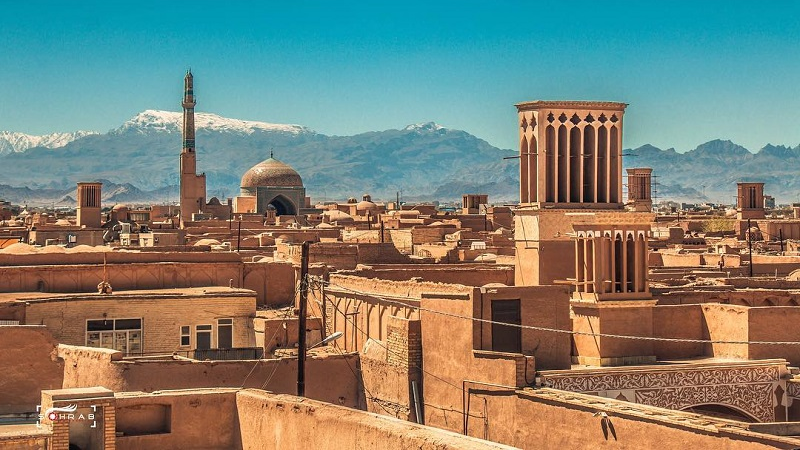
Jame’ Mosque of Juyom
Fars Province of Iran is a vast province, which houses many interesting historical sites and monuments. Jame’ Mosque of Juyom is one of these works, which is more than 500 years old and is located in the small town of Juyom, in the south of this province.
The History of Juyom
The location of Juyom near ancient cities of Iran strengthens the hypothesis that human habitation in it dates back to prehistoric times. In some Iranian legends, mention has been made of a particular fire temple, which is probably the Azar Faranbagh Fire Temple, near the city of Juyom. Some history experts believe that the name Juyom is of the same origin as “Jamshid Jam”; the name of the fourth king of the mythological Pishdadian dynasty of Iran according to Shahnameh.
At the time of the advent of Islam in Iran, Darabgerd was the third largest region of Fars and Juyom was one of its important cities. In one of the books left from the 10th century AD, Juyom is mentioned as one of the main cities on the route of the Silk Road to Bandar Siraf, trade through which strengthened the economy and society of Juyom at that time. This fact has also been recorded in the reports of European travelers who passed through Juyom during the Safavid era (17th century). In the following periods, Juyom was administered by local officials and its status was elevated to that of a county in the year 2022.
The economy of this county is based on agriculture and animal husbandry and its most important products are wheat, barley, cotton, citrus fruits, sesame, and dates. Of course, horticultural products such as oranges, tangerines, limes, and grapefruits are also produced in Juyom. The proximity of Juyom to the Persian Gulf has prompted some of its people to work in the Persian Gulf countries.
History of Jame’ Mosque of Juyom
The text on the two inscriptions that are now in the Jame’ Mosque of Juyom throws light on the longevity of this city. In the first inscription, in addition to the date of its construction (1097 AH / 1685 AD), the name of the founder of the mosque and creator of the inscription is also mentioned. A couple of hadiths on the virtue of building a mosque and praising the Prophet of Islam (PBUH) and his successors are other contents that can be seen in this inscription.
In the second inscription, which is written in the ancient Nastaliq script on a tablet measuring 70 by 47 cm, some verses from the Holy Qur’an are engraved in seven rows. The inscription also contains the date 1119 AH (1707 CE) and the name of the designer of the inscription.
During the course of the restoration of this mosque in the year 2013, it was discovered that the foundations of the mosque were made of stone and mortar, which were different from the foundations of and materials used in other mosques. Also, some differences were seen in the way the walls had been made, which made some experts believe that this mosque was probably built on the remains of a fire temple. The presence of the Karian Fire Temple (Azar Farnbagh Fire Temple) in the western areas of Juyom strengthens this speculation to a great extent.
The Architecture of the Jame’ Mosque of Juyom
This mosque has a total of 21 big arches, 12 small arches, and 16 niches. A stone pulpit with 12 steps is installed next to the Mihrab. Like this pulpit, the Mihrab is also made of stone and has been decorated with a number of moqrans work.
The Jame’ Mosque of Juyom was inscribed on the list of Iran’s national heritage in the year 1988 AD.
| Name | Jame’ Mosque of Juyom |
| Country | Iran |
| State | Fars |
| City | Joyom |
| Type | Historical |
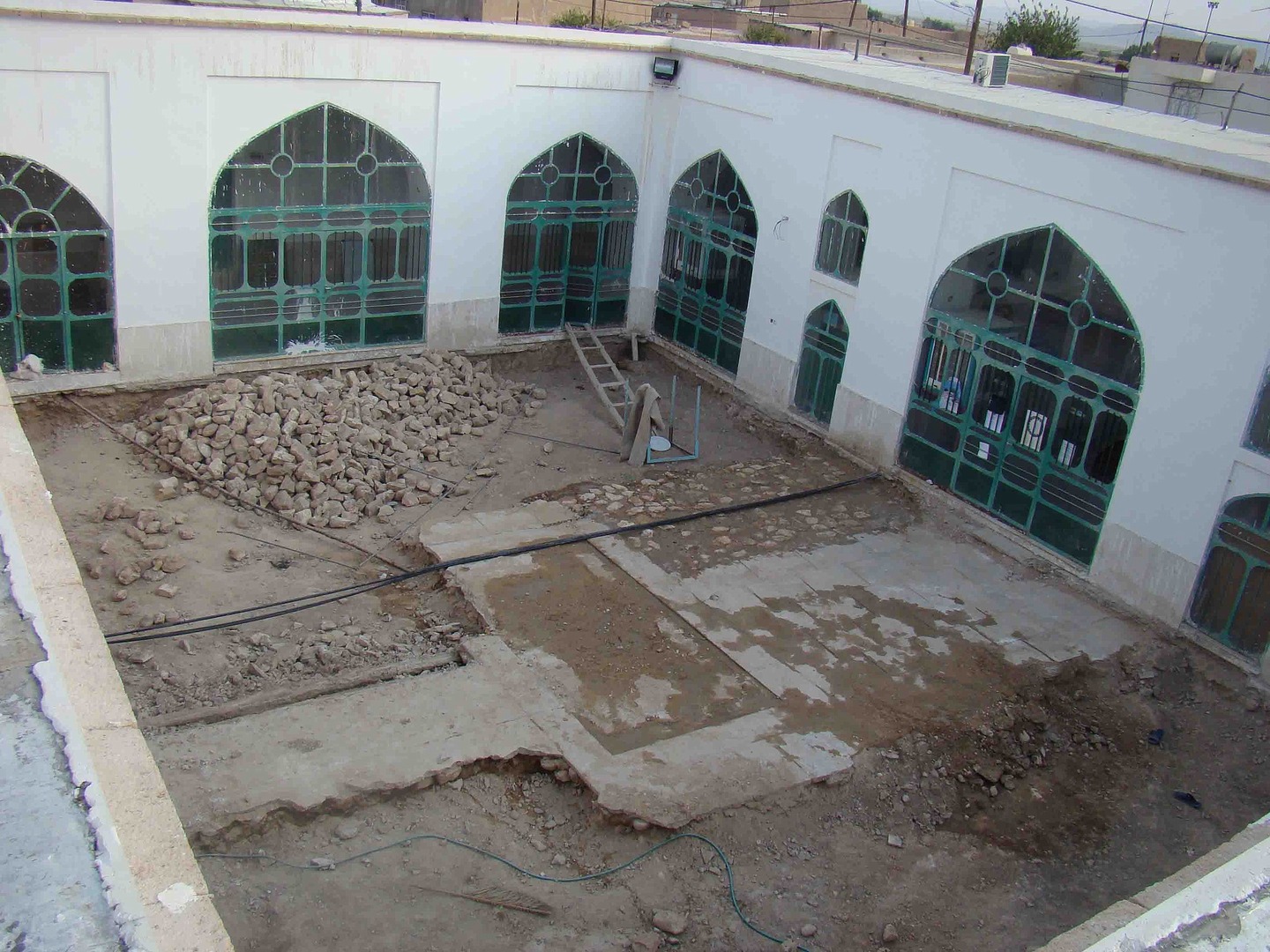
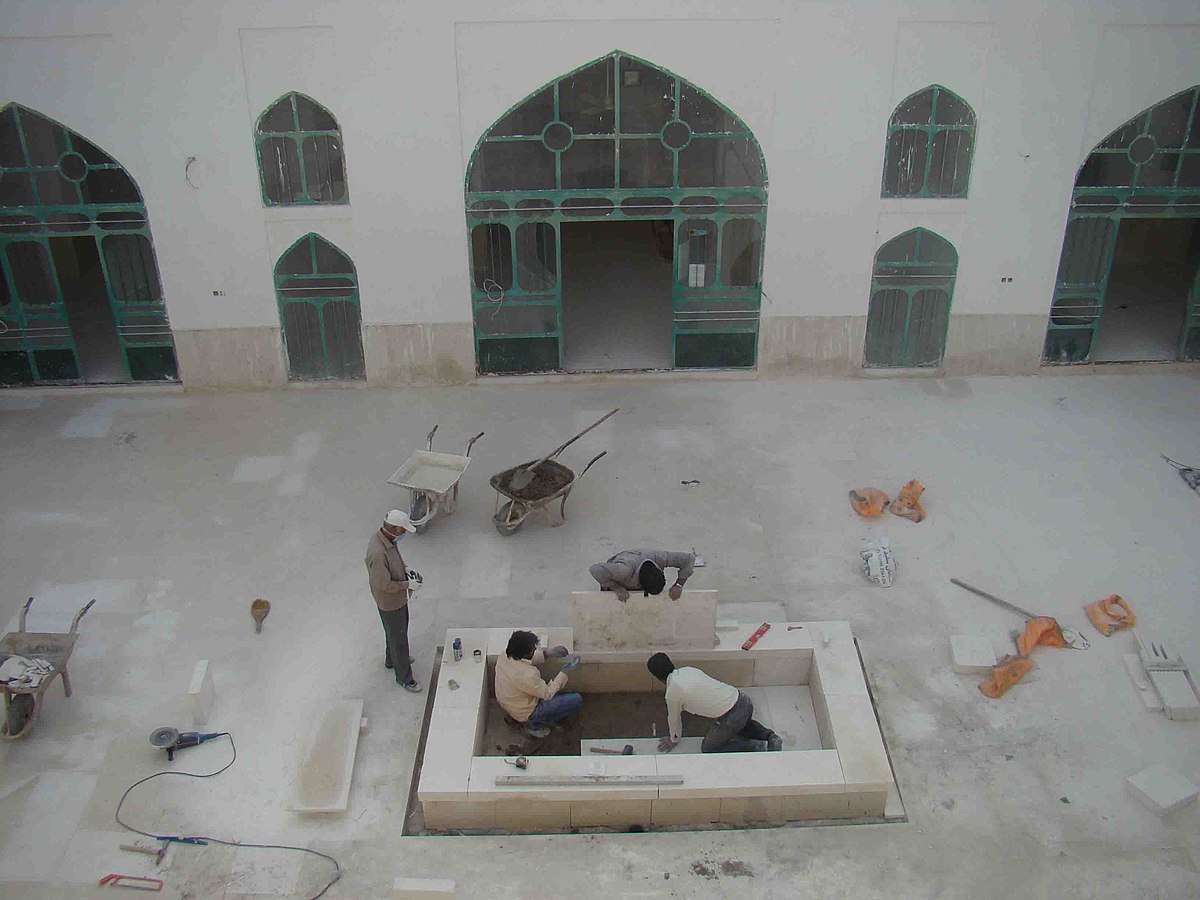
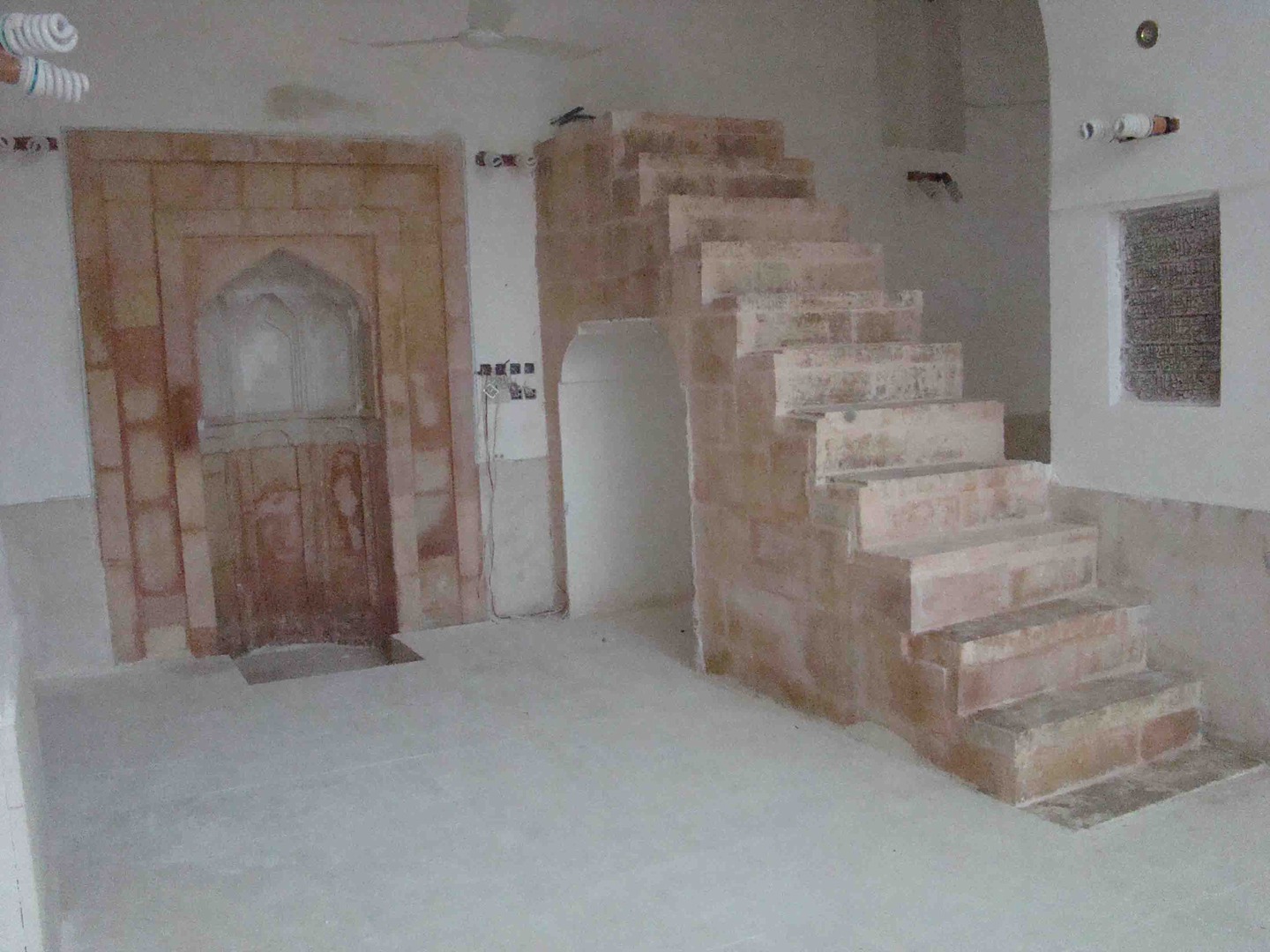



Choose blindless
Red blindless Green blindless Blue blindless Red hard to see Green hard to see Blue hard to see Monochrome Special MonochromeFont size change:
Change word spacing:
Change line height:
Change mouse type:
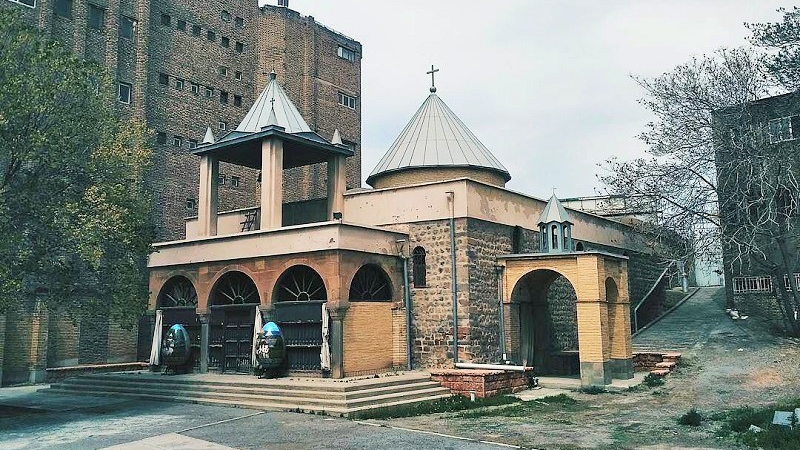
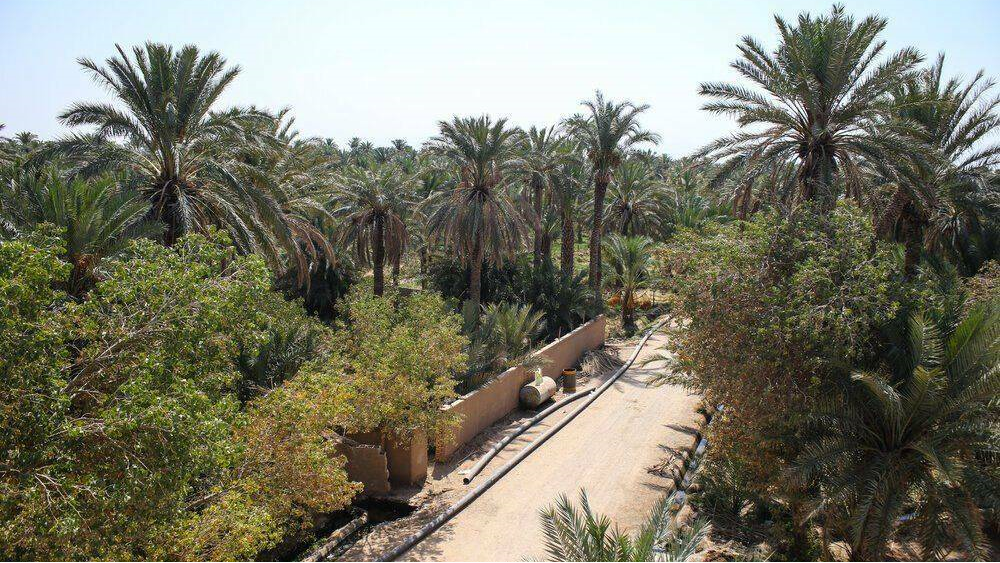
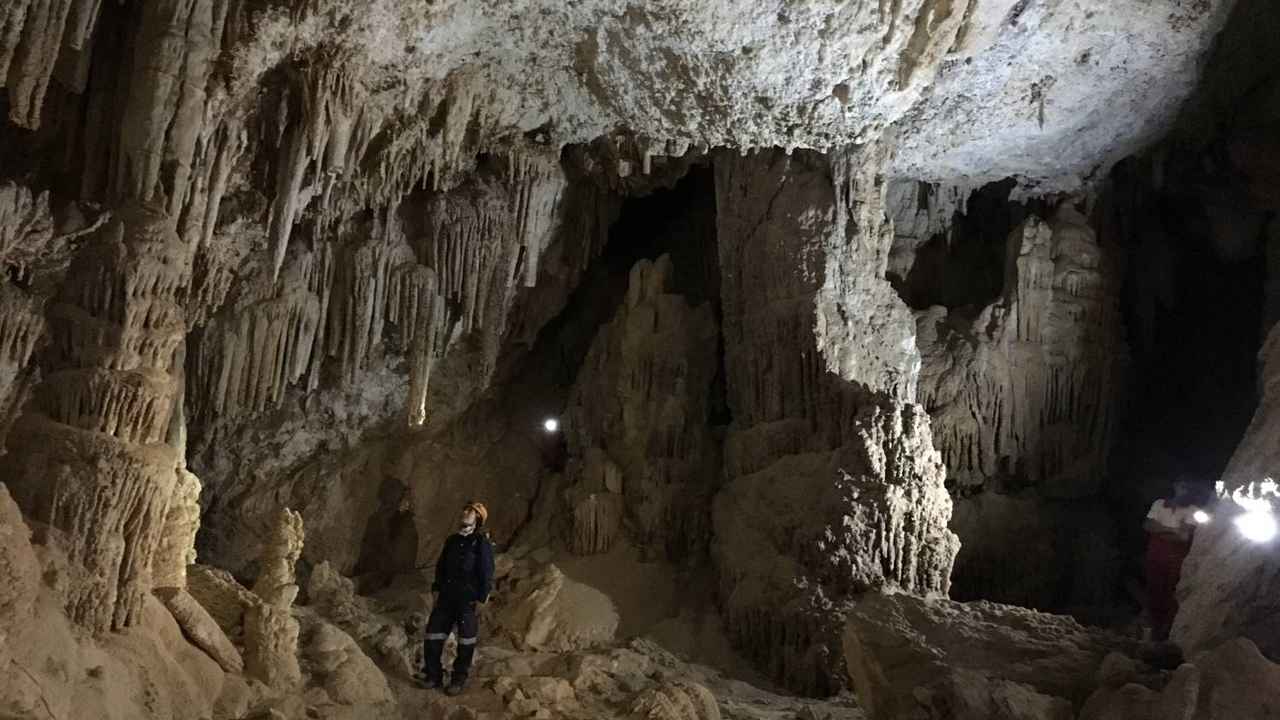
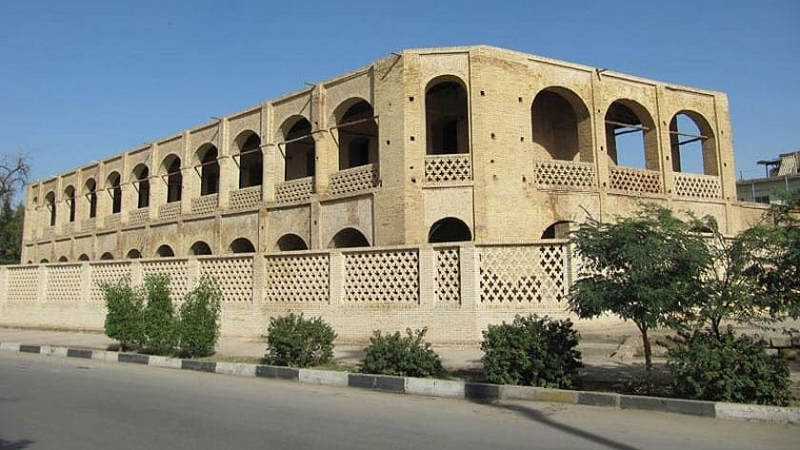
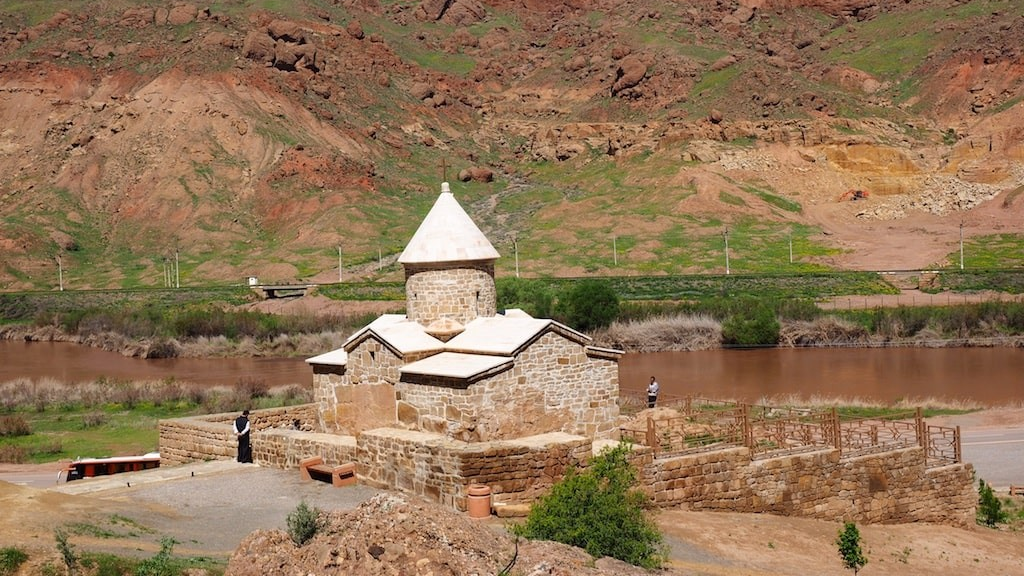
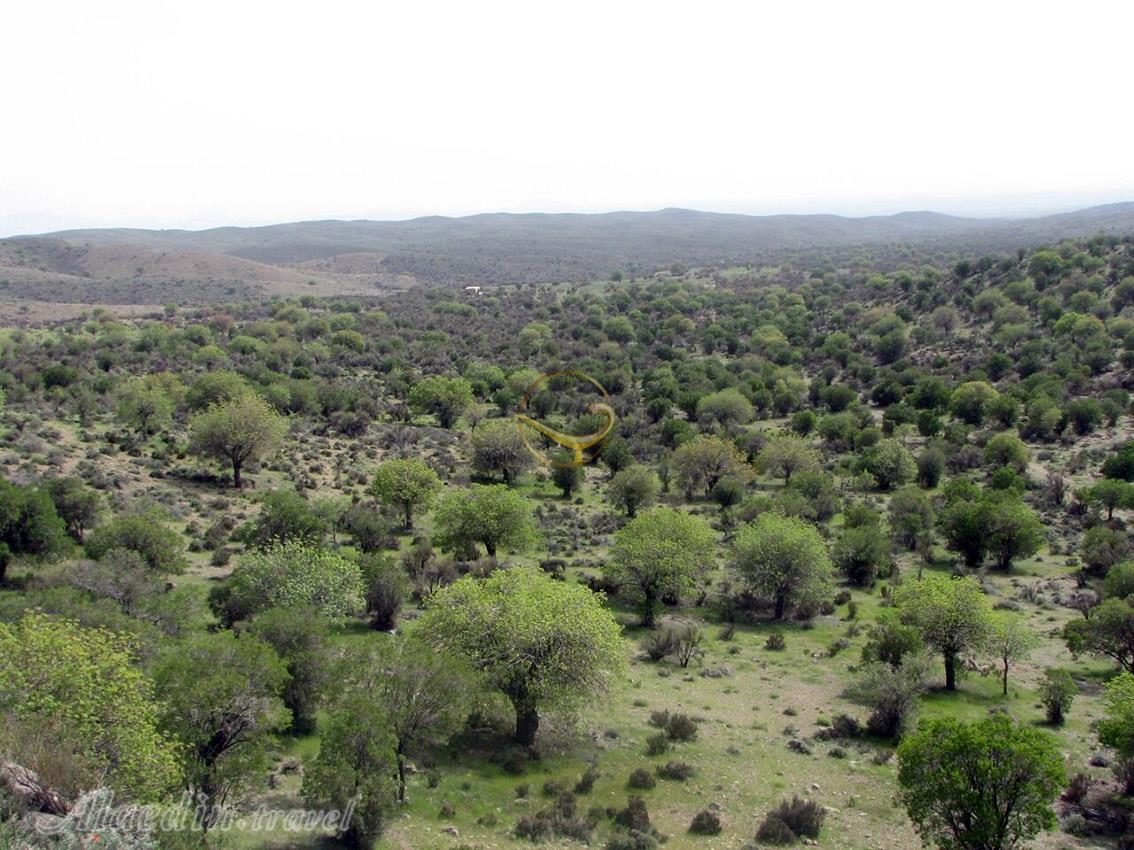
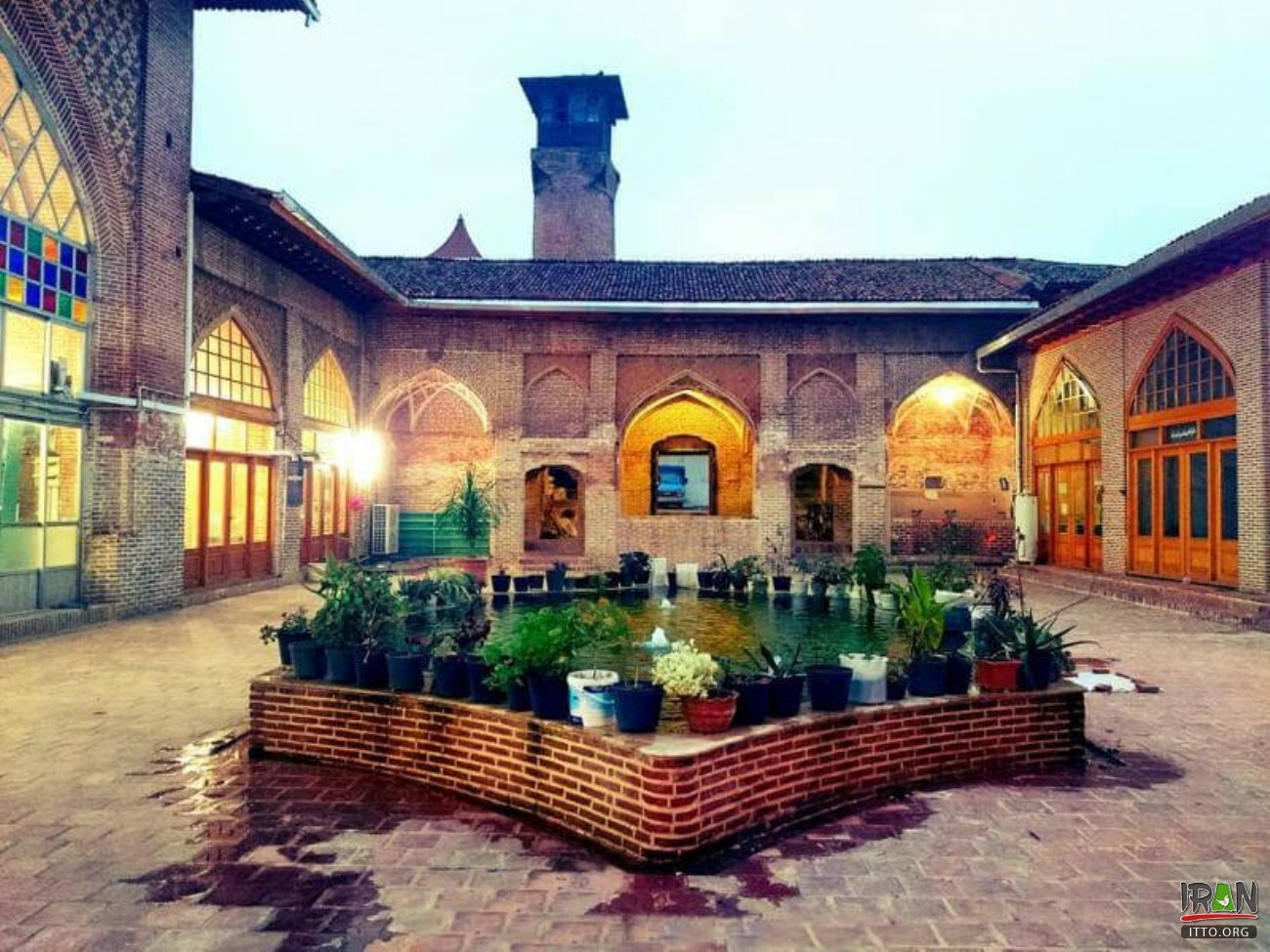
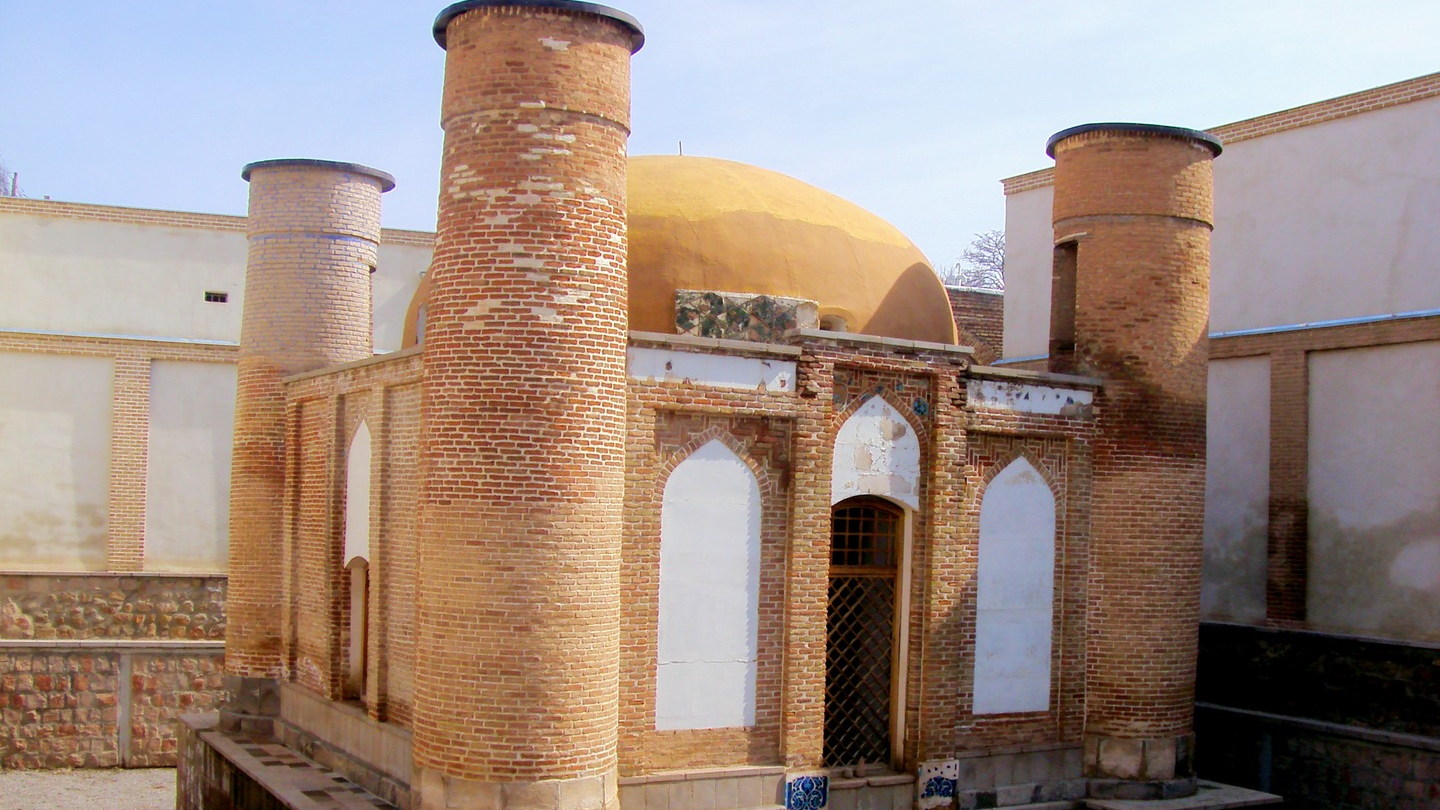
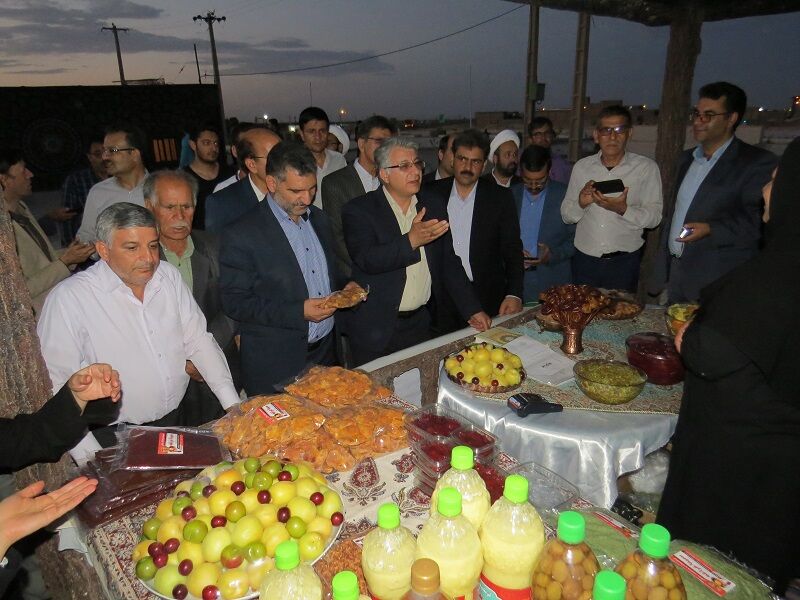

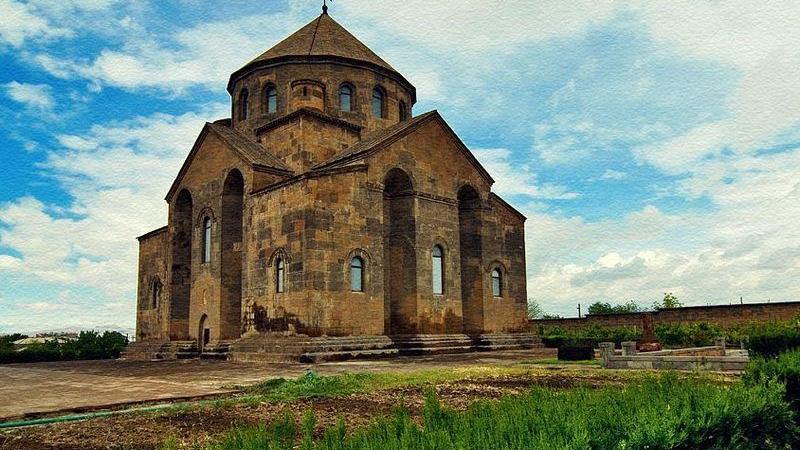
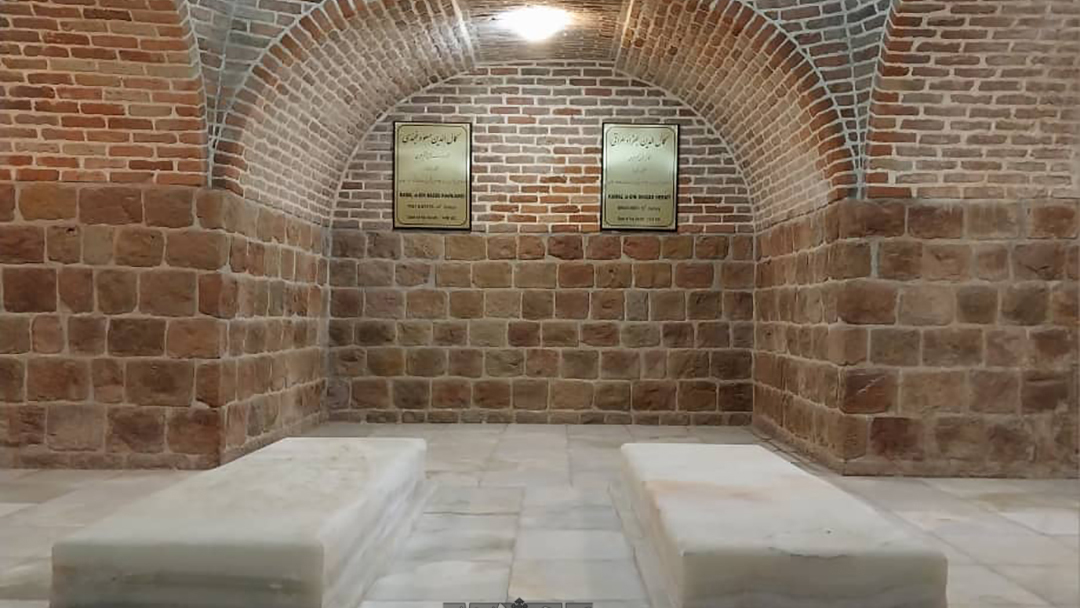
_crop_1.jpg)

